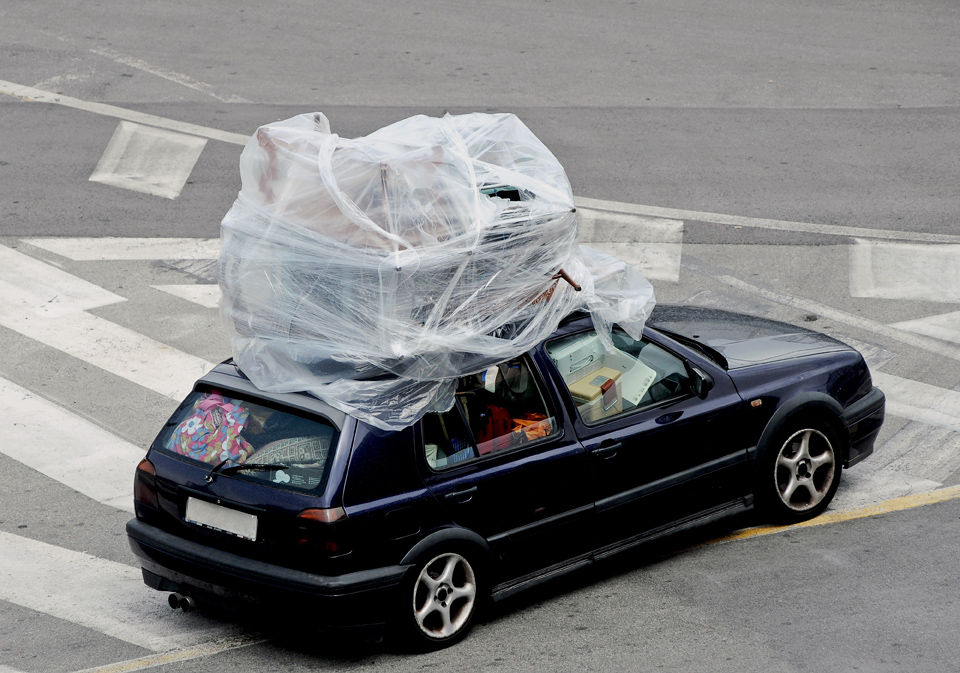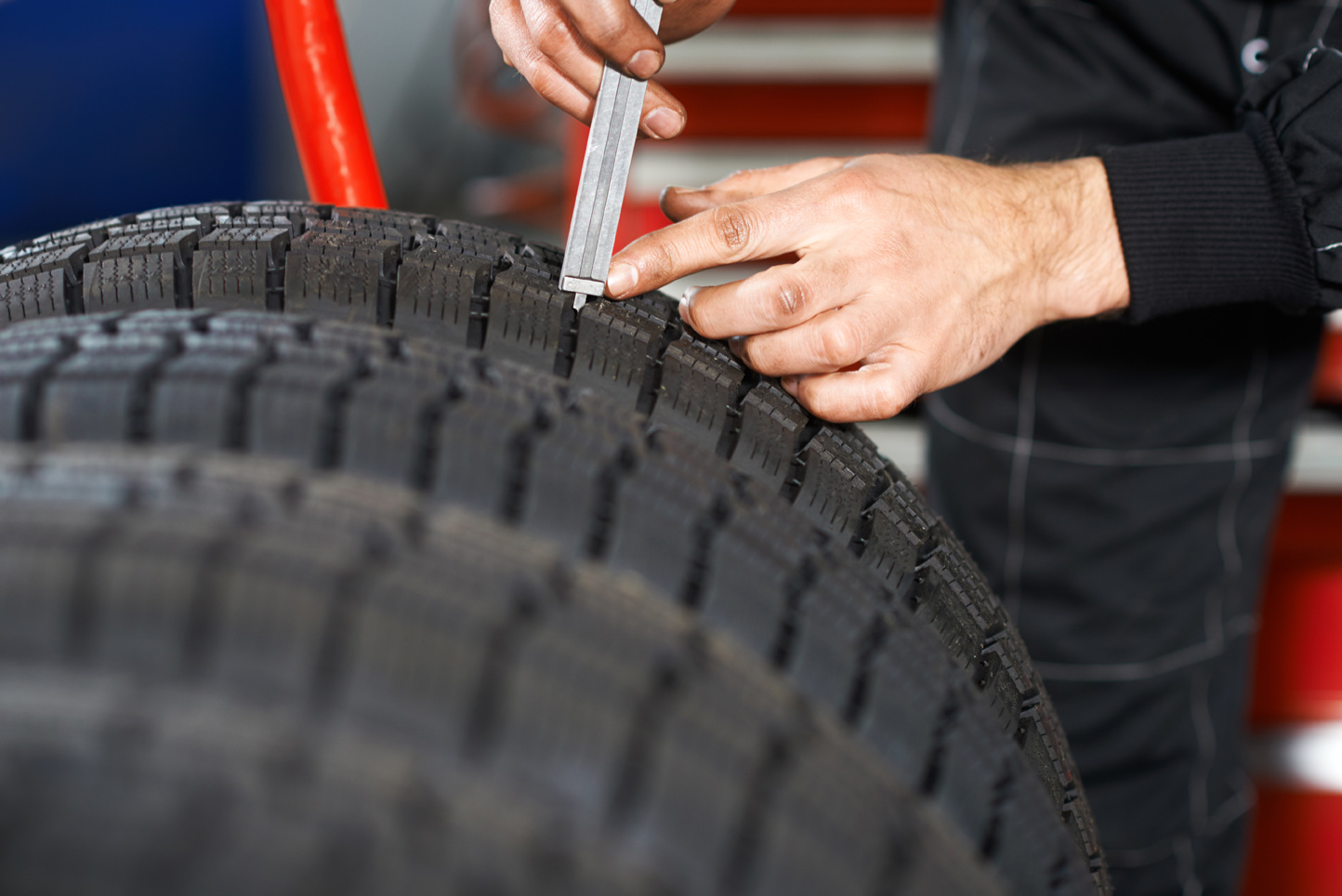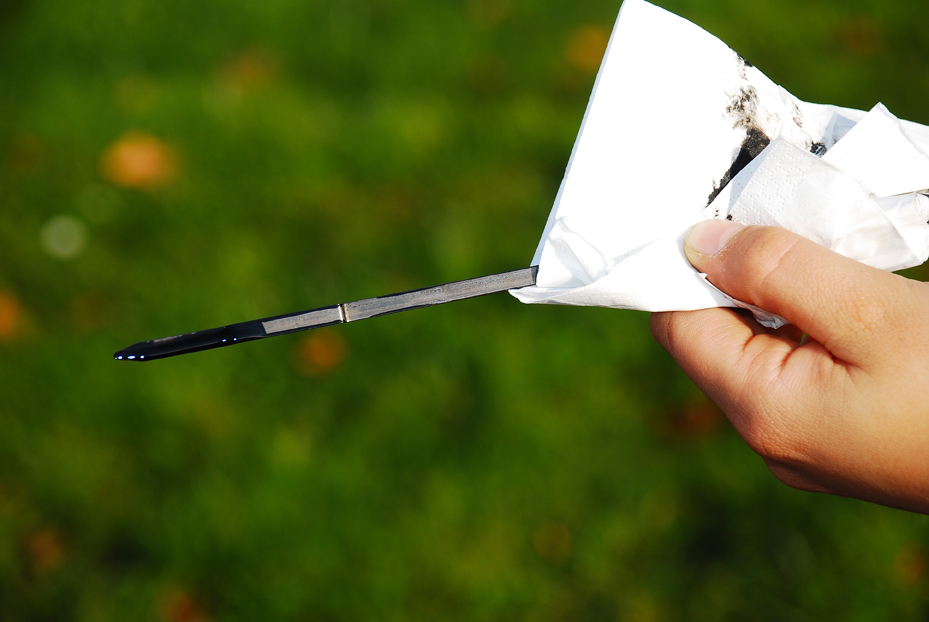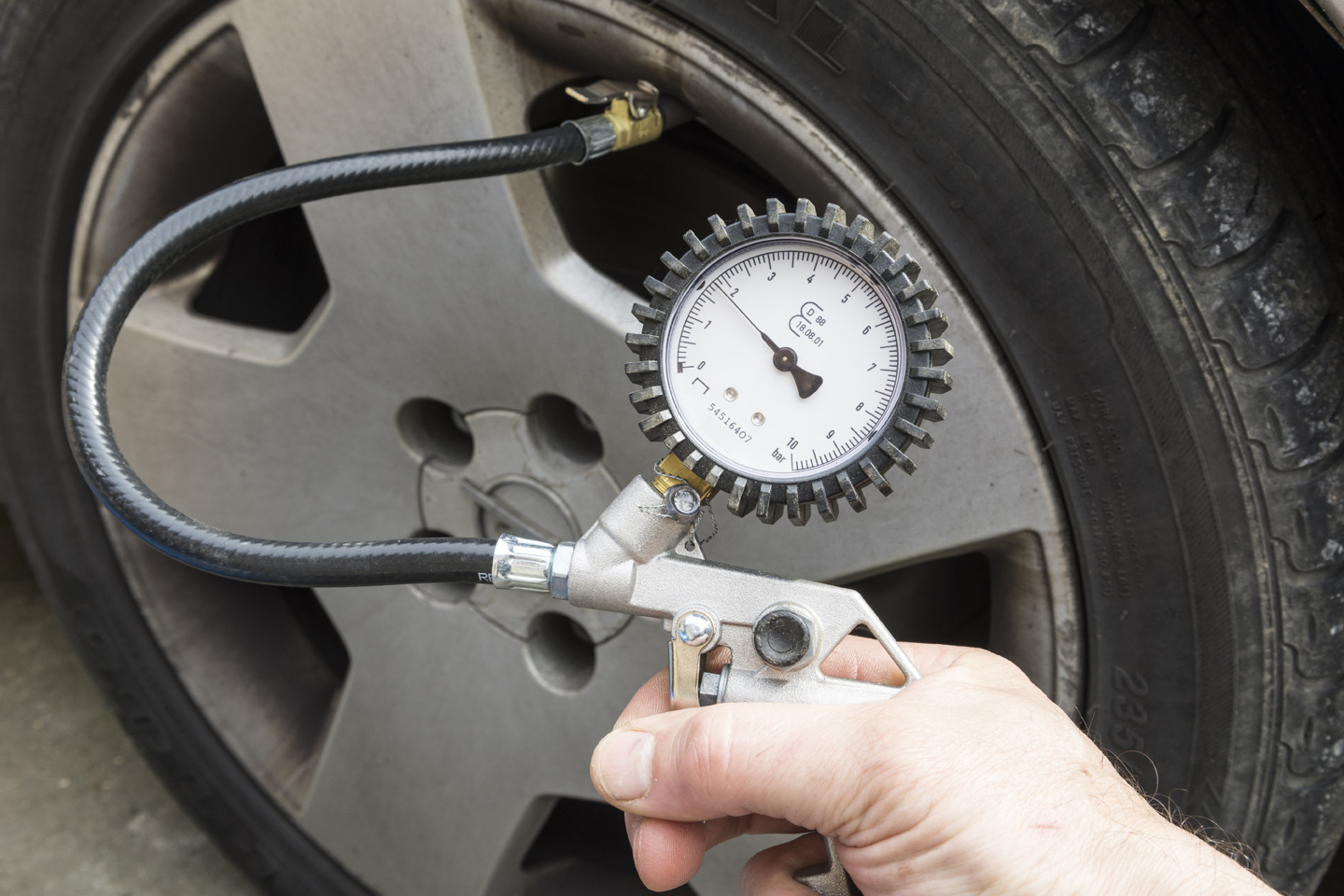product comparison
This is what the right holiday check for your car looks like
Finally holidays and you are planning a holiday by car? To make your holiday a memorable one, you should prepare your car properly. For the fully packed vehicle is the hardest work announced. Therefore, the holiday cheque for your car should not be neglected before you start your journey. In this article, we tell you what to look out for and why the holiday cheque is so important.
How to make your vehicle fit for a long car journey
Extremely long driving distances, constant high speeds, unusually high loads etc. make the car more susceptible to defects. Even a changed climate or an increased engine load contribute to a higher load. In order to reach your destination safely and come back relaxed, as well as to save yourself nerves and unnecessary additional costs, the inspection of your vehicle is an important prerequisite.
You don't have to be a master to do the holiday check on your car. In most cases this is possible on your own. As a rule, the following areas are checked:
- tyres (profile and pressure)
- Windshield & Wiper
- Vehicle lighting & signalling
- Level level of liquids
- Battery & electrical system
- first-aid kit, warning vest, warning triangle, failure sets
- Braking system
- axis geometry
- Timing belt & V-ribbed belt
- Maturity of HU

In the last four areas it may be helpful to visit a workshop to check them, as they are not so easy to do by yourself.
What is to be considered in the individual holiday check areas?
We have summarized below what you need to consider in the areas that you can check yourself.
1. Tyres:
A minimum tread depth of 1.6mm for tyres is mandatory. This can be easily determined with a profile depth gauge. However, a lower limit of 3mm is recommended, because the lower the tread depth - the more the tyre loses grip. Particularly on wet and dirty roads, the braking distance can become considerably longer. When measuring the tread depth, the tyres should also be checked for damage at the same time.
The air pressure should also be adapted to the load. Otherwise, rolling resistance and fuel consumption will increase. You will find more detailed information on the recommended air pressure for your vehicle in the operating manual of your vehicle. For some cars, this information is also found in the fuel filler cap on the B-pillar or in the door.
2. Lighting:
Lighting such as headlights, combination rearlights and turn signals must be fully functional, otherwise there is a risk that other road users will not be able to see them in good time. Defective headlamps abroad can also result in heavy fines. Also the adjustment of the headlights should not be forgotten, if your car is heavily loaded. This will prevent you from unnecessarily dazzling other road users. A more detailed description can be found in the operating manual of your vehicle. With newer vehicles, the headlamps are adjusted automatically.

3. Liquids:
In order to prevent overheating of the engine or even engine damage during the car journey, sufficient coolant should be available. Sufficient brake fluid is also important. A low brake fluid level is an indication that the brake system must be checked for wear. The correct windscreen cleaner is also necessary, which also thoroughly removes insect remains in order to maintain a clear view. In addition, the engine oil must be brought to the correct level.
4. Cooling system:
As the vehicle heats up enormously when driving in the direct sun during holidays by car, a functioning air conditioning system is of great importance. This protects you from fatigue, tension and lack of concentration. However, it should be noted that the air conditioner is not set too high. Too much cooling can lead to circulation problems. The difference between inside and outside temperature should therefore not exceed six degrees. In addition, it is also worthwhile to clean the cabin air filter in the same context or replace it for little money. This way you can be sure that the filter only lets clean air into the cabin during the car journey.
5. Safety:
In addition, brakes, shock absorbers, steering and axle suspension should be checked before departure. Defects in these areas can sometimes lead to considerable impairments of the vehicle's roadworthiness.
6. Screen wipers:
If leaves, flowers etc. have accumulated on top of the hood, they should be removed before departure. It is also worth removing dirt from the front and rear windscreens and wipers. The windscreen wipers can also be checked at the same time. If the rubber lip is frayed or even partially detached, then the wind wipers should be replaced. The same applies to the rear window wipers.
7. Engine:
In addition to fluids and the battery, the timing belt and V-ribbed belt in particular should be checked in the engine compartment. A visual inspection can usually detect wear quickly. Alternatively, have the belt checked for wear and correct tension at a workshop
8. Trunk:
The due date of the HU should be checked again. In addition, a warning triangle and sufficient high-visibility vests must be available and a first-aid kit with a valid expiration date. In the event of a breakdown, a tire sealant can also be helpful.
How much time does the holiday cheque on the car take?

The holiday check on your car for some of the points should be made at least 2 weeks before the start of the car journey. This includes the above mentioned brakes, belt drive, air conditioning and axle geometry. If a repair is actually necessary, there is still enough time to do it stress-free.
The other important points such as tyre pressure, light, liquid check etc. can also be checked 1-2 days before or even packed ready on the day of departure. The effort for this is only a few minutes, but in any case worthwhile
Summer vacation vs. winter vacation: Thus the vacation cheque at the car differs per season
In general, the same points must be observed and checked for every holiday or longer car journey. Nevertheless, the season and the destination also play a decisive role in the preparation. In summer holidays you will generally be welcomed by the particularly warm temperatures. This is also noticeable for your car, at the latest when the tyres are driving on the hot asphalt.
On winter holidays, on the other hand, you can usually expect snow and ice rides and constantly changing road conditions. Your car should be well prepared for such challenges. All driving skills and driving assistants are of little use if there is a lack of basic seasonal equipment.
Three aspects of the vehicle in particular should be taken into account in the seasonal holiday check before a longer car journey:
1. The tires
Due to its high rubber content, the summer tyre is perfectly suited for high temperatures. It does not become soft and has a much shorter braking distance than a winter tyre. Because winter tyres are mandatory, winter holidays should only be started with such tyres. Winter tires offer significantly better grip, especially on ice and snow. The tyres can be recognised by the snowflake symbol and the designation "M+S". If heavy snowfall is to be expected, it is also advisable and in some countries even obligatory to have snow chains at hand.
For holidays with the car, which go into the mountains or into snow-covered places, a minimum tread depth of 4mm is recommended. With summer tires at least 1.6mm are mandatory. However, 3mm tread depth is more recommended. The tyre pressure must be adjusted to the frosty temperatures and the additional load weight. Accordingly, you should fill in 0.2 to 0.3 bar more than recommended by the manufacturer. If the car is very heavily loaded, it can even be up to 0.5 bar more. For summer tyres, the tyre pressure should be approx. 0.2 bar lower than for winter tyres.

2. The window cleaning
In order to keep a clear view during long car journeys despite insect remains and pollen, windscreen cleaner is an indispensable means in the windscreen wiper system. In summer, a cleaner with insect remover is best. Simple water is not enough in this context. Also road salt and dirt splashes can provide for strong sight degradation. In addition, icy temperatures in winter ensure that the wiper water system freezes from time to time. This is why sufficient antifreeze in the windscreen wiper water and in the cooling water is particularly important during a winter holiday by car. In all cases, an antifreeze should also be carried to replenish the windscreen cleaning fluid and the cooling water in the car. Using a frost protection tester you can quickly determine when to refill antifreeze.
3. The battery
Batteries tend to discharge themselves at particularly high and low temperatures and thus to give up their spirit. Therefore, when checking your car for holidays, have the charge state of your car battery checked . If necessary, the battery should be replaced and the contacts dried before starting the car journey.
Here are a few more useful tips for your next car trip:
In order not to catch a sunstroke on your way to your summer holiday already during the intermediate stops, it makes sense to avoid the journey through the midday sun between 12 and 15 o'clock. In addition it is worthwhile itself to attach sun visors to the rear windows, so that before all things your children are protected from the direct sun exposure. We can also recommend that you carry a front window cover with you. This serves as effective protection against heat-causing solar radiation and frost.
In wintertime, ice scrapers and hand brushes can be very helpful in snowy regions. By the way, closed de-icer is not to be kept in the glove compartment. At the latest when the lock is frozen for the first time and the de-icing spray is in the car, you will notice that it is not well stored there.
We also advise you to buy a basic set of tools to be able to repair minor breakdowns on your holiday trip yourself.
The following equipment is recommended for a holiday by car:
- Wheel spider or wheel nut wrench with extendable arm
- Screwdrivers in various widths and as cross recesses
- Ring and fork wrench set
- Flashlight
- wire and adhesive textile tape
- Towing rope / Tow bars
- tyre sealant
If you use our holiday cheque for your car to prepare the journey, nothing should stand in the way of your successful holiday. For further questions you can turn gladly to our Customer service.
We wish you a safe journey and a great holiday!













